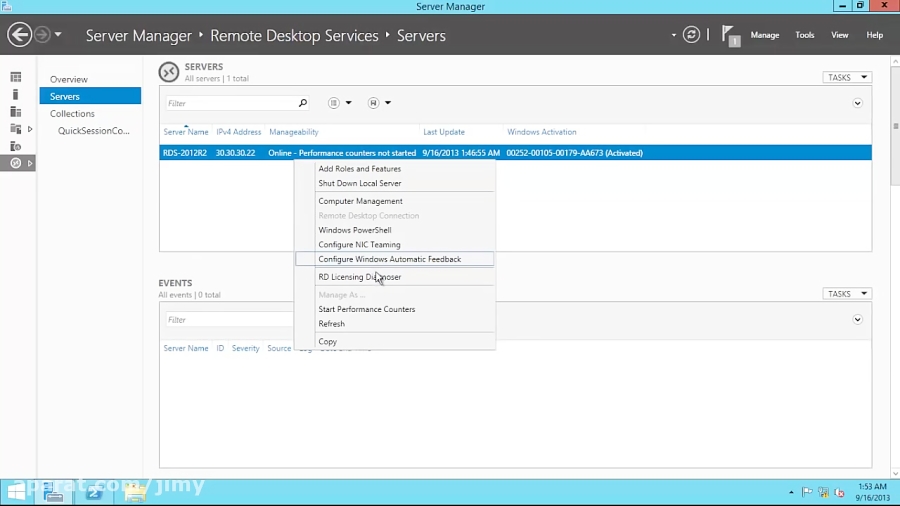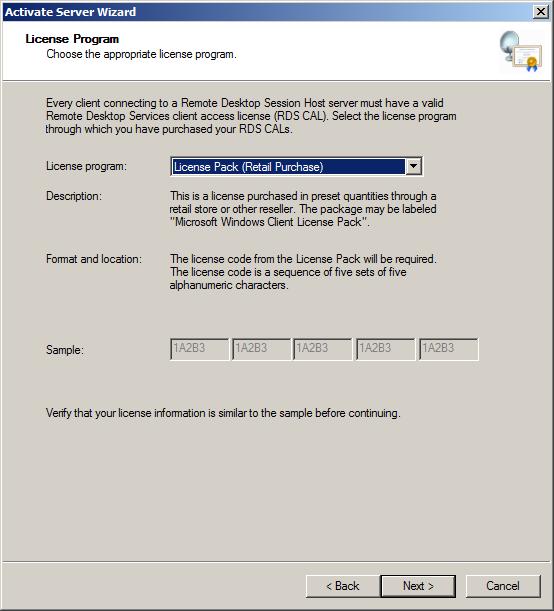
- #WINDOWS 2012 R2 REMOTE DESKTOP SERVICES INSTALL#
- #WINDOWS 2012 R2 REMOTE DESKTOP SERVICES FULL#
- #WINDOWS 2012 R2 REMOTE DESKTOP SERVICES WINDOWS#
The disks are connected to the RDS collection and can’t be damaged when using the shared profile by several servers (unlike the standard profiles). UPD configuration is much easier than the configuration of roaming profiles or redirected folders.
#WINDOWS 2012 R2 REMOTE DESKTOP SERVICES WINDOWS#
So, we have discussed the major peculiarities of User Profile Disks in RDS/VDI solutions running Windows Server 20 R2.
#WINDOWS 2012 R2 REMOTE DESKTOP SERVICES FULL#
Optimize-vhd -path \\ rdvh1\DemoLabOficeApps\UVHD-.vhdx -mode full Resize-VHD \\ rdvh\DemoLabOficeApps\UVHD-.vhdx –ToMinimumSize To reduce the size of the UPD file (assuming that you deleted the user’s data inside the vhdx file and the file size on the disk is less than the size assigned to it), you can use the commands: Note that you can’t extend the user’s UPD disk with an active RDS session. $vhdxxpart | Resize-Partition -Size $partsize.SizeMax $partsize = $vhdxxpart | Get-PartitionSupportedSize $vhdxxpart = Mount-VHD -Path $vhdxFile -NoDriveLetter -Passthru | Get-Disk | Get-Partition Resize-VHD -Path $vhdxFile -SizeBytes $vhdxNewSize Write-Warning "File $vhdxFile already have this size!"

Mount-VHD -Path $vhdxFile -ErrorAction Stop Or use following PowerShell script to automatically extend the vhdx file to the maximum available size: Now you need to extend the volume from the GUI of the Disk Management console (Action -> Attach VHD -> Extend volume).
#WINDOWS 2012 R2 REMOTE DESKTOP SERVICES INSTALL#
If you want to run the Resize-VHD cmdlet from a desktop with Windows 10, you must install the feature Hyper-V -> Hyper-V Platform -> Hyper-V Services. Resize-VHD -Path u:\UVHD-.vhdx -SizeBytes 40GB You can extend the virtual vhdx drive with the user’s UPD profile using the PowerShell cmdlet Resize-VirtualDisk from the Hyper-V module. Resizing User Profile Disks Using PowerShell In this example, we have only added the path to \AppData\Local\Microsoft\Windows folder as an additional path to be saved in the UPD. If necessary, the last option allows you to implement the scenarios for saving the settings of the Start Screen, which are stored in emdata-ms file. The second option allows you to configure the saving only the specified directories in the UPD profile. Thus, all the changes made during the user’s terminal session to the folders in the list of excluded directories are not saved into the VHDX disk on the shared folder. However, you can exclude certain folders from the list of synchronized directories in the RDS collection settings, or specify that only certain folders should be saved. A list of connected UPD disks with profiles can be listed using the mountvol utility.īy default, a User Profile Disk contains all the user profile contents. The VHDX disk is mounted when the user session starts on a VDI or RDS server. If the user profile folder already exists in the system, the folder with an old profile is renamed to the -BACKUP.

It means that when copying data to a user profile on an RDS server, the size of the vhdx file on the shared storage is incremented immediately. You can’t transfer (use) an UPD user profile from an RDS server from one version of Windows Server to another.ĭata is written to the vhdx file in real time. Note that the UPD drive is bound to the RDS server Windows OS version.


 0 kommentar(er)
0 kommentar(er)
